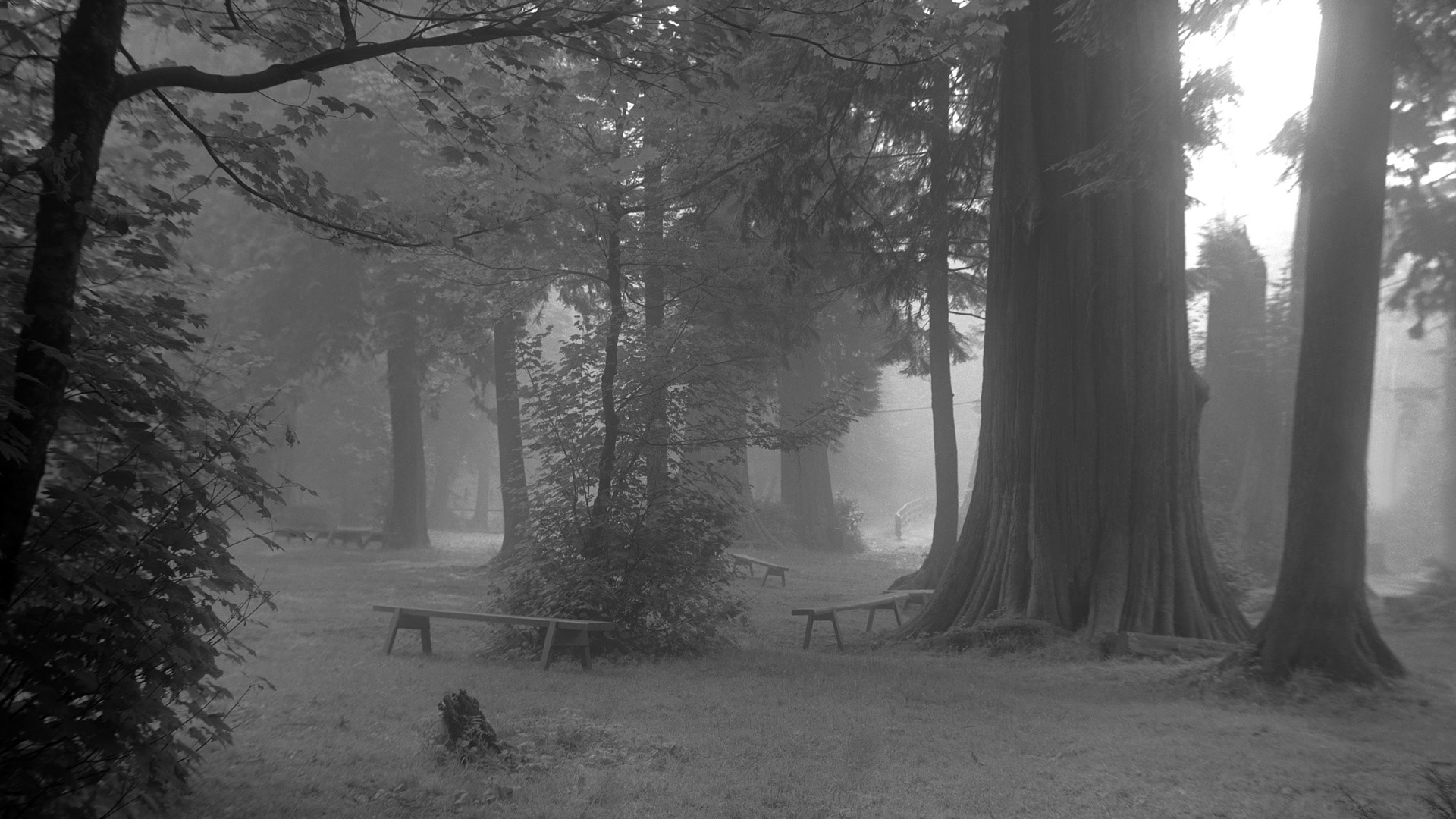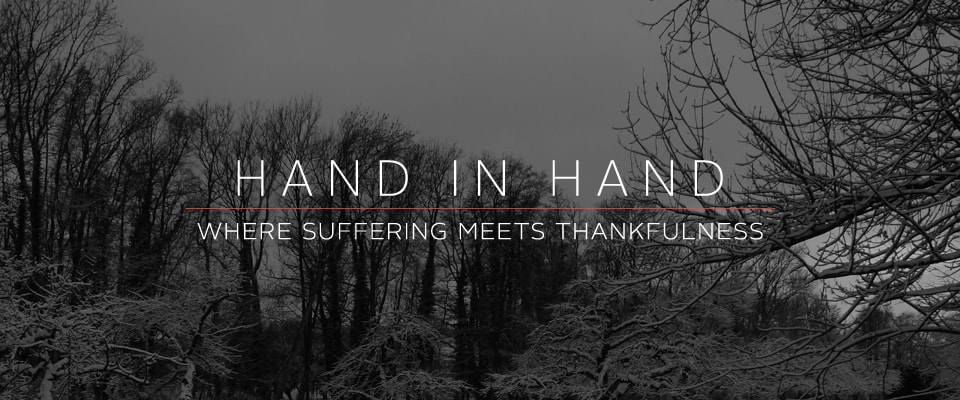Spoiler alert! This blog post has spoilers to Stephen King’s The Stand. Yes, I realized it was published in 1978, but you’ve been warned anyway!
The horror genre is something I’ve never been into, however, so many people I’ve talked to over the years love it, especially Christians. Why is that? Maybe it’s because we see how the world is not as it should be, or maybe it’s just a visceral flow of adrenaline fantasy, but I think there is something to be learned from any genre, especially when it comes to Stephen King. His writing isn’t just cheap scares. He uses the frightening monsters or ghouls to provide a backdrop for what he chooses to say about the human condition and our relationship to God.
I just finished reading The Stand, a definite labour of love, a 1,153 page behemoth. The premise is this: a deadly flu outbreak wipes out most of the people on Earth, and the survivors are either picked up by the evil Randall Flagg, or they are called by God’s instrument, Mother Abigail to stand up against Flagg and his followers. I love this book because it paints a true picture of good and evil. Though on the surface, evil appears to be strong, it is weak, and is extinguished through the good power of faith, obedience, and sacrifice.
The main antagonist is a character called Randall Flagg. Not much is known about him, at least in this novel, but he appears as a man in jeans, a denim jacket, and worn out cowboy boots. Doesn’t sound so evil, but maybe it was back in 1977? Mother Abigail says that Flagg “wanted–was able–only to unshape. Anti-Christ? You might as well say anti-creation.”
Throughout the story, Flagg puts on exterior shows of power and dominance like crucifying people on telephone poles strewn about the highway between Las Vegas, Nevada and Boulder, Colorado. As his army of people grows larger, his plans start to come together, and it really seems like he’s going to win. He has a team of people rebuilding jet fighters with bombs, and he’s set up shop in Las Vegas. His power seems to only grow. Yet, as he truly believes he is creating something out of the rubble of the world, he is only destroying himself and un–creating his enemies.
Meanwhile, in Mother Abigail’s Free Zone located in Boulder, Colorado people are being changed in their hearts. Not unlike Jesus’ disciples, the Free Zone people’s faiths begin to grow. Stu Redman accepts his place as leader of the Free Zone after being reluctant to exercise power, Larry Underwood goes from a selfish one-hit wonder rockstar to a loving husband and surrogate father, and Glen Bateman goes from an academic and agnostic to opening himself up to the possibility of something else at work. I love the scene around Mother Abigail’s deathbed.
“Trust. All of you, trust. Larry…Ralph…Stu…Glen…Frannie. You most patic’ly, Frannie. Trust…and obey the word of God.”
“Do we have a choice?” Larry asked bitterly.
She turned to look at him, surprised. “A choice?” There’s always a choice. That’s God’s way, always will be. Your will is still free. Do as you will. There’s no set of leg-irons on you. But…this is what God wants of you.”
Mother Abigail, a frail woman in her late 90’s gathers people in love, gentleness, and true strength while Flagg tries to build an army to take over the world by brute strength. Stu, Larry, Ralph, and Glen choose to go west after Mother Abigail gives them a word of prophecy very similar to Jesus’ words in Luke 9:3: “Take nothing for your journey, no staff, nor bag, nor bread, nor money; and do not have two tunics.” They are to go with no supplies and to wear the clothes on their back. Just like the disciples who decided to follow Jesus, Stu, Glen, Ralph, and Larry all had to leave many things behind in order to answer God’s call. There is a cost to discipleship.
I love this book because it paints a true picture of good and evil. Though on the surface, evil appears to be strong, it is weak, and is extinguished through the good power of faith, obedience, and sacrifice.
The beautiful piece about this is that Mother Abigail’s Free Zone begins to take their stand long before anyone opposes Flagg to his face. They begin to talk more openly about God and lean into the ideas of faith. As they do, Flagg’s plans begin to fall away beneath him. As Flagg takes and stockpiles, the people of the Free Zone gradually learn how to let go.
There’s a scene toward the end of the novel where the character Glen Bateman is imprisoned, faces Flagg, and pays the price, but not before a brave show of wisdom.
“You’re nothing!” Glen said, wiping his streaming eyes and still chuckling. “Oh pardon me…it’s just that we were all so frightened…we made such a business out of you…I’m laughing as much at our own foolishness as at your regrettable lack of substance…”
“Shoot him, Lloyd.” Flagg had turned to the other man. His face was working horribly. His hands were hooked into predator’s claws.
“Oh kill me yourself if you’re going to kill me,” Glen said. “Surely you’re capable. Touch me with your finger and stop my heart. Make the sign of the inverted cross and give me a massive brain embolism. Bring down the lightning from the overhead socket to cleave me in two. Oh dear…oh dear…oh dear me!”
Glen collapsed on the cell cot and rocked back and forth, consumed with delicious laughter.”
Lloyd shoots Glen three times, and before the final shot kills Glen, Glen whispers to Lloyd, “It’s all right, Mr. Henreid. You don’t know any better.” The words are again an echo from the Gospels. Bateman’s bravery and clear grasp of the laughable power of Randall Flagg is one of the best scenes in the book!
Now that I’ve given the whole book away, here’s my takeaway for you: the gospel is so very often counterintuitive. Flagg, the devil incarnate, displayed physical power, while Mother Abigail, God’s prophet, showed love. Flagg laid out complicated plans of destruction, Mother Abigail laid out simple and difficult plans of faith. Just because God’s ways don’t make sense to our limited minds, doesn’t mean that they aren’t worth following. The author whose main credentials are novels full of scary clowns, demons, wizards, and rabid dogs had this to say about weaving elements of Christianity into The Stand:
“I’m interested in the concepts…I was able to use all those things in The Stand. It’s an effort to say, let’s give God his due here. Too often, in novels that are speculative, God is a kind of kryptonite, and that’s about all that it is, and it goes back to Dracula, where someone dumps a crucifix in Count Dracula’s face, and he pulls away and runs back into his house. That’s not religion. That’s some kind of juju, like a talisman. I wanted to do more than that. I wanted to explore what that means to be able to rise above adversity by faith, because it’s something that most of us do every day. We may not call it Christianity. I wanted to do that. I wanted it to be a God trip.”
King was raised a Christian, and has much more to say about his thoughts on God, but I’ll leave that to you to explore. Just like a horror novelist teaching me about God is counterintuitive, the gospel is counterintuitive by flipping what the world deems as natural on its head. Discernment about what you watch or read isn’t thrown out the window with the horror genre, but I think I’m learning not to dismiss an opportunity for something uncomfortable to teach me something. Nevertheless, I know that when my day comes and I’m face to face with Jesus, I want to say that I left my things behind, walked a thousand miles, and laughed in the face of the devil (maybe in the movie theater or while reading a page in a book). For now, I think I’ll check off “learning about Jesus from Stephen King” off my list and call it a day.




